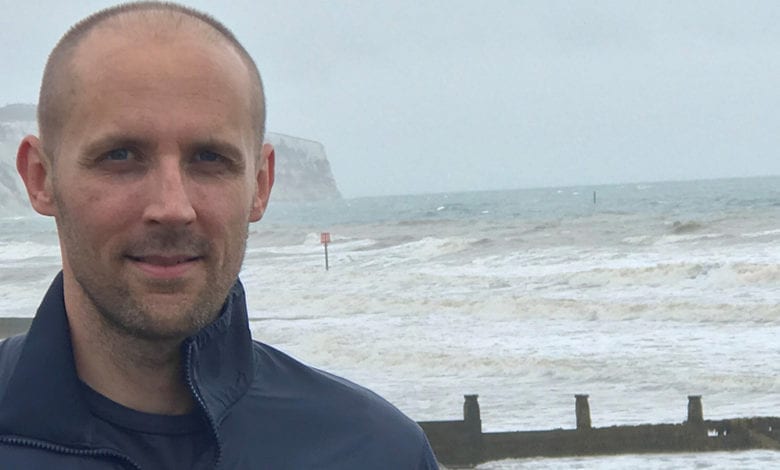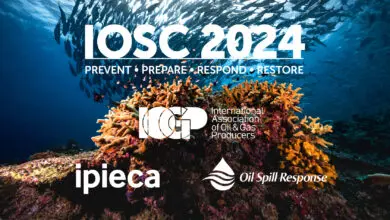
In each edition of our newsletter, we publish a short interview with an IOGP colleague or Committee Member. This Pulse’s interview is with the Chair of the Metocean Committee, Oli Jones.
1. You were recently elected Chair of the Metocean Committee. What are your priorities for the Committee?
I will continue the focus on collaboration amongst operators to drive down safety risks from metocean hazards. This is what excites people the most, and fosters a spirit of collaboration and openness which have been the key to our past successes.
It will involve more joint industry projects to develop better knowledge, approaches, and datasets in key risk areas and then, finally; work to embed that new knowledge within industry standards.
2. Within the industry, is the profile of applied oceanography and meteorology increasing?
Yes, 100%, on two fronts: firstly, in the drive for operators looking to better understand physical climate risks. This has led to increased focus on metocean hazards at onshore assets, particularly coastal, where projections for sea level rise and natural subsidence compound storm surge flood risk.
Secondly, through offshore wind – both in the development of fit-for-purpose metocean criteria that drive cost effective designs and also – and perhaps more importantly – in the modelling and quantification of losses and uncertainties in wind resource assessments.
3. What do you see as the biggest metocean engineering challenges of the next decade?
In my opinion, it is to incorporate the observed and projected effects of climate change in our design conditions. For some parameters this is easier, like with temperature and sea level. However, for many others, such as rainfall, wind speed, and wave height, there exists huge uncertainties which need to be included in a design calculation because they affect overall risk.
Today’s approaches typically lack the statistical rigour and model resolution to adequately quantify climate uncertainty. We need to get the statisticians and the modellers collaborating to devise approaches that are tractable (from a computational perspective), statistically valid and, importantly, practical, so they can be readily embraced by industry.



